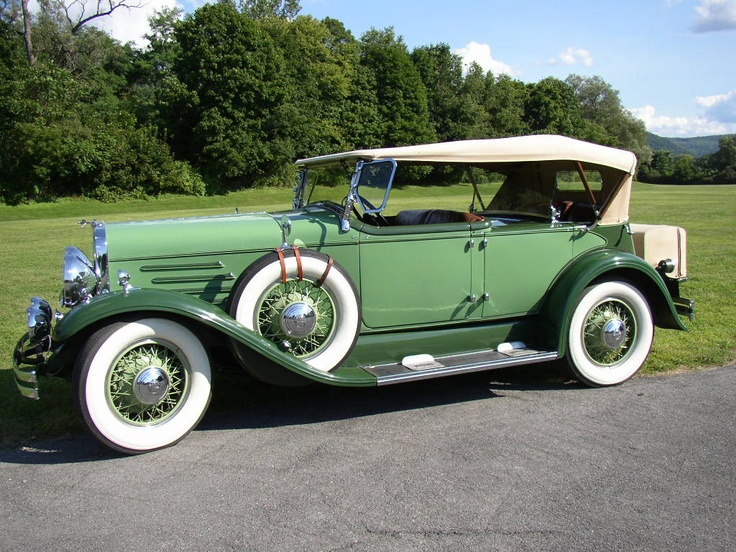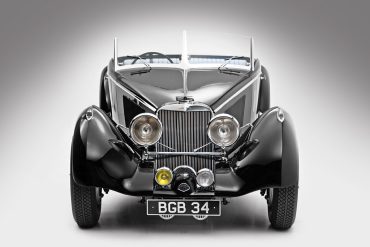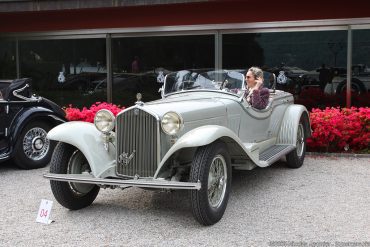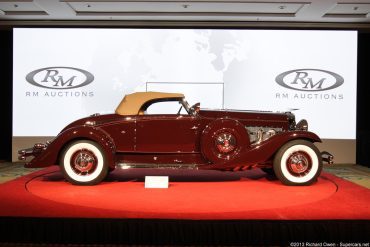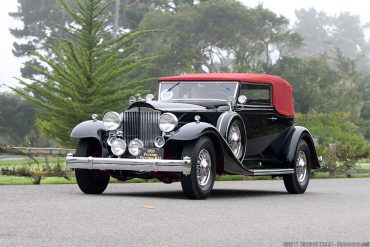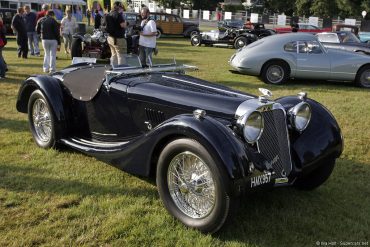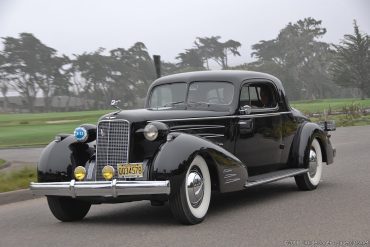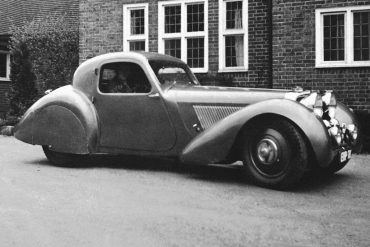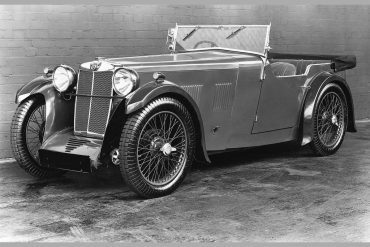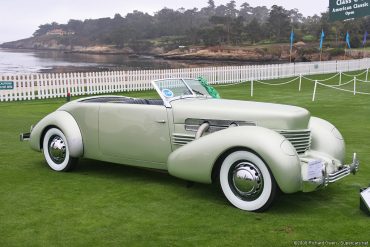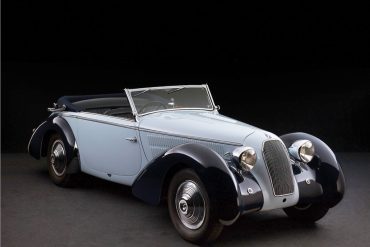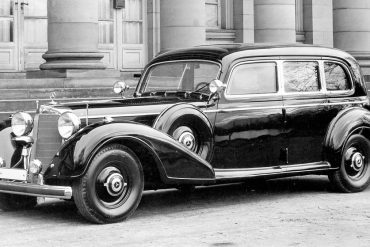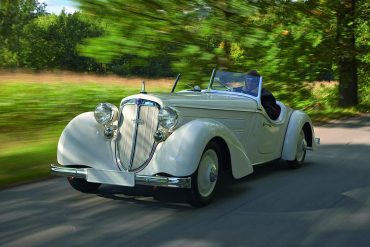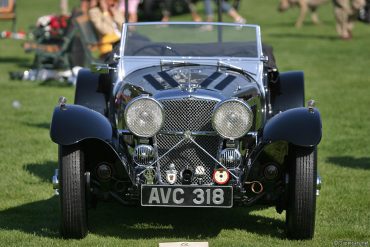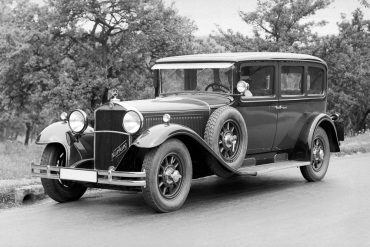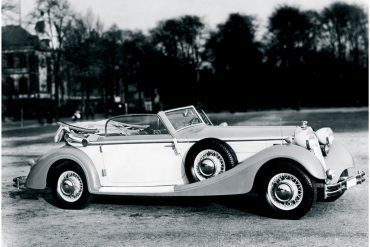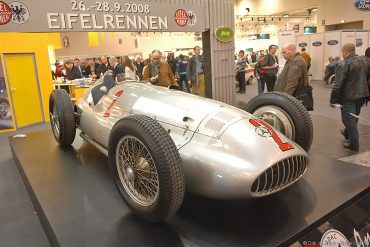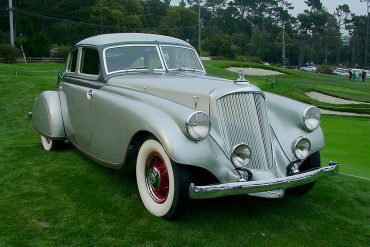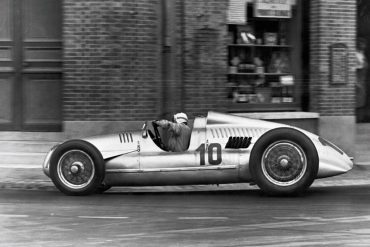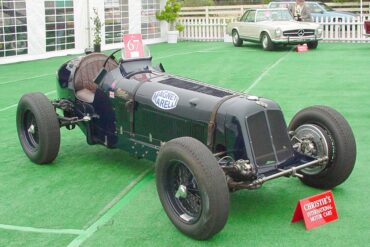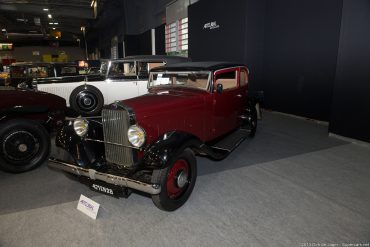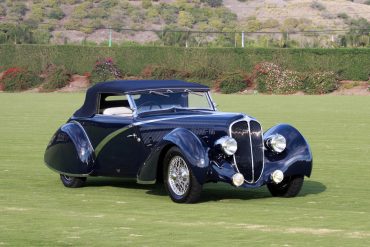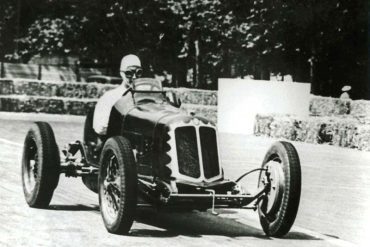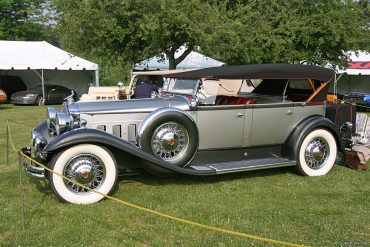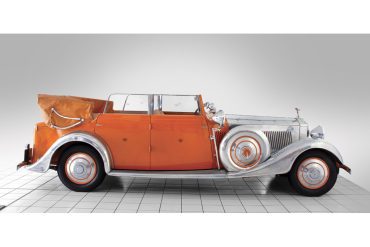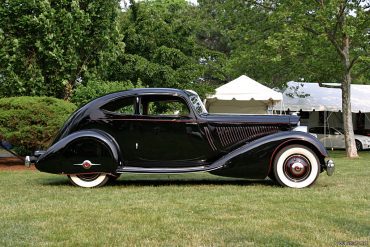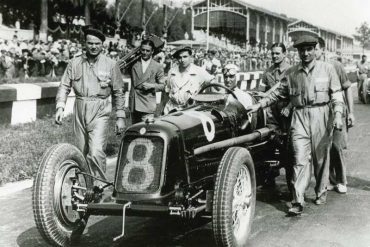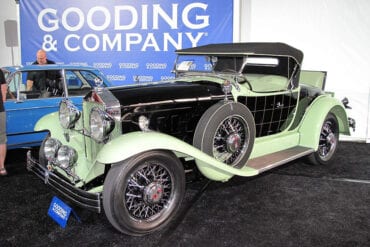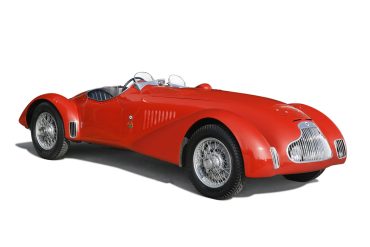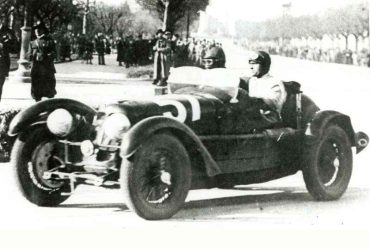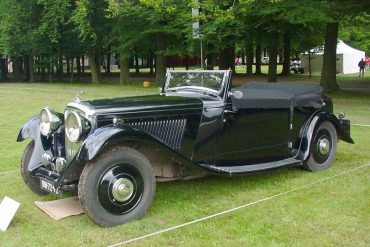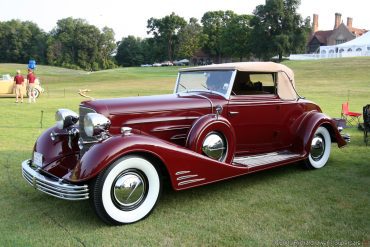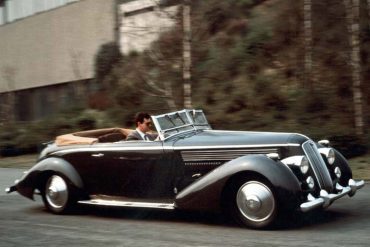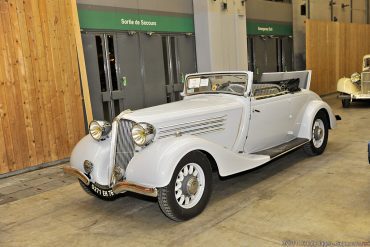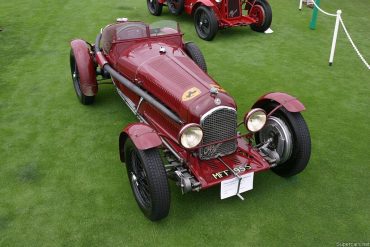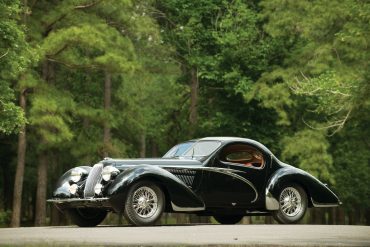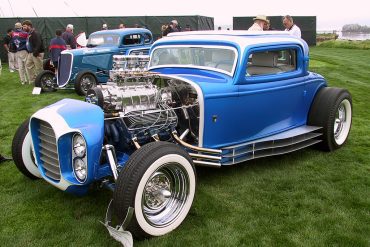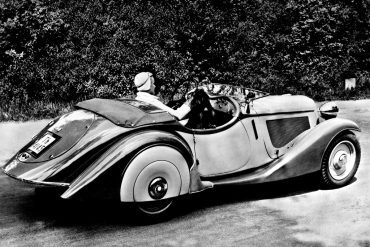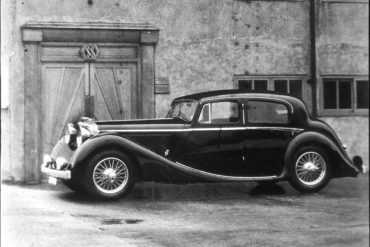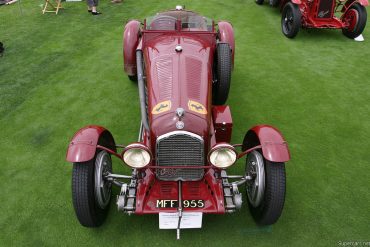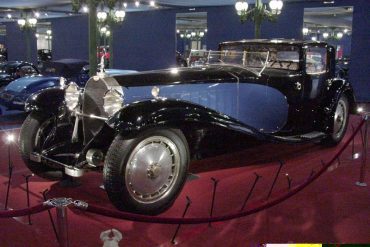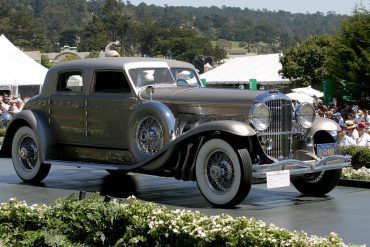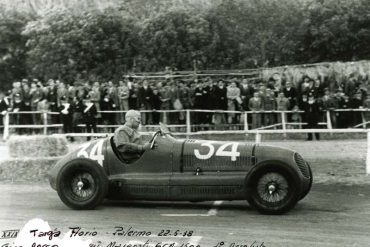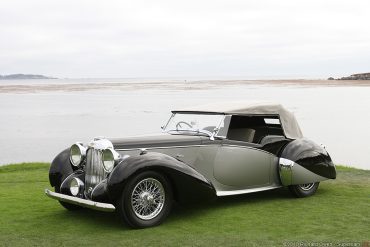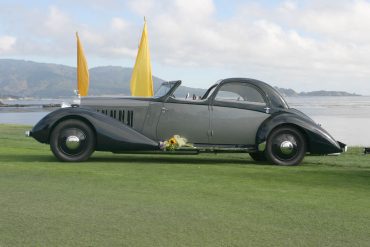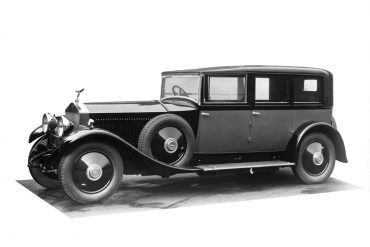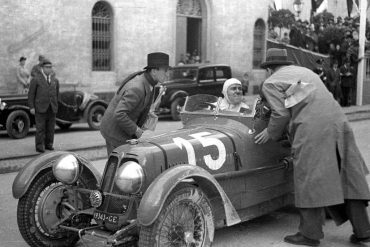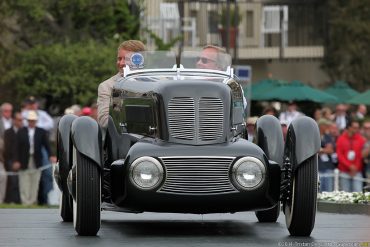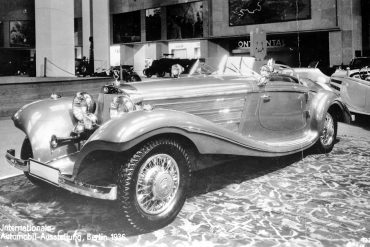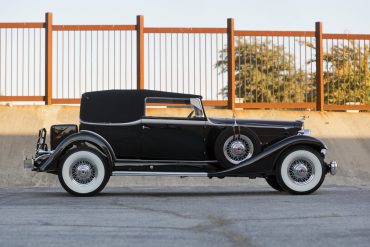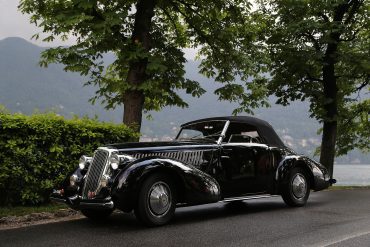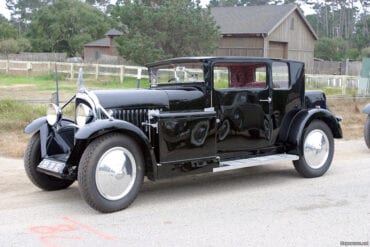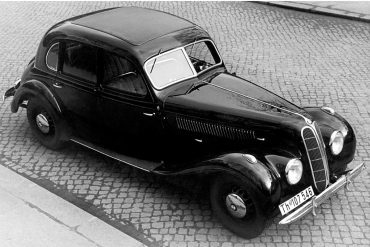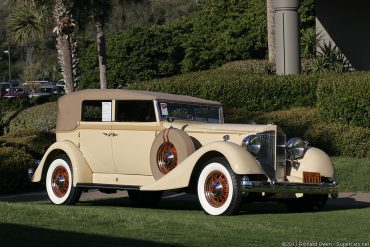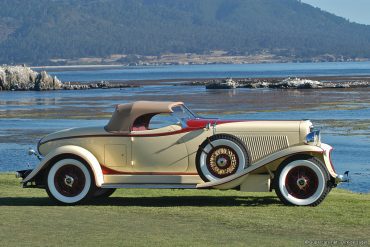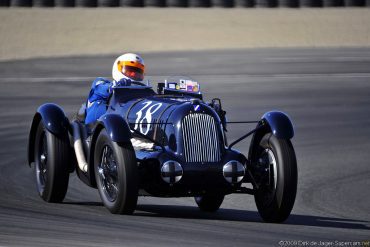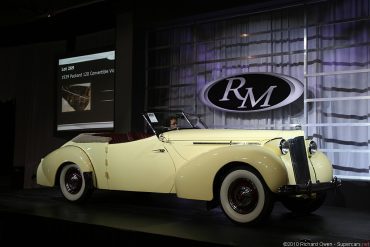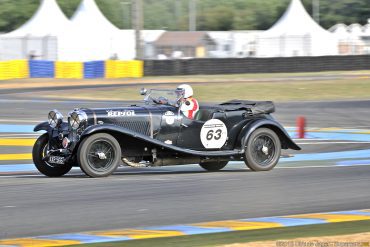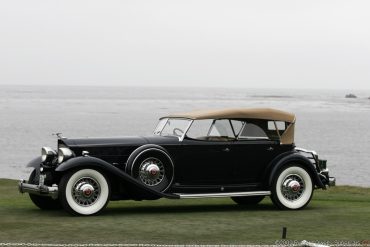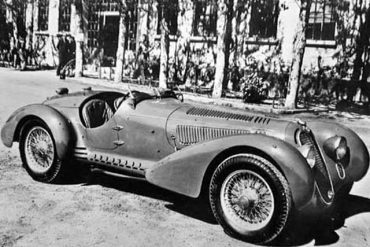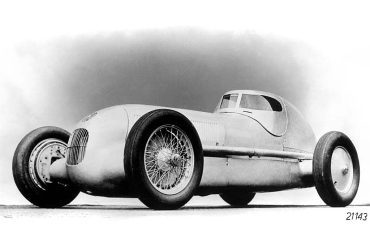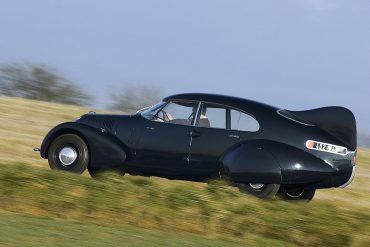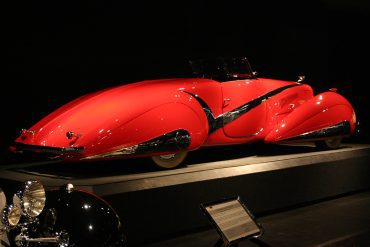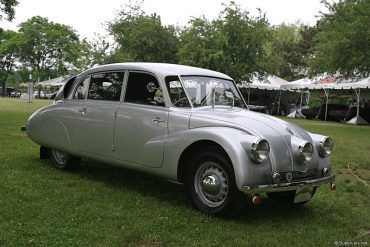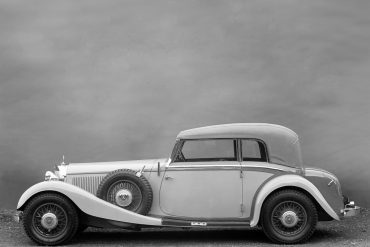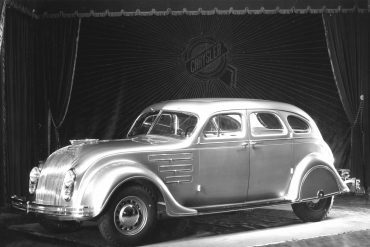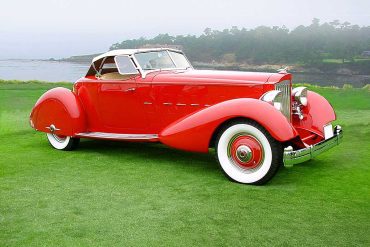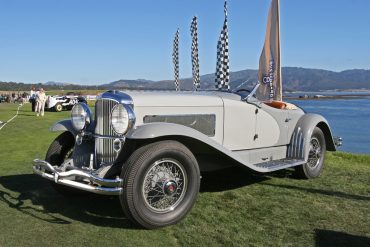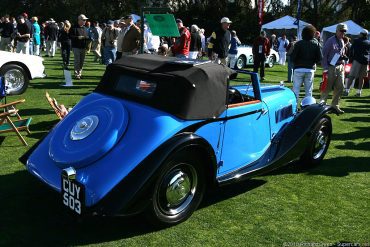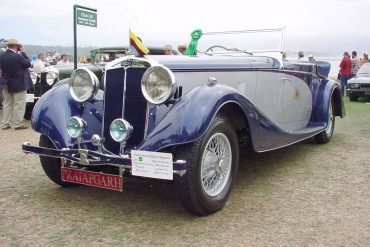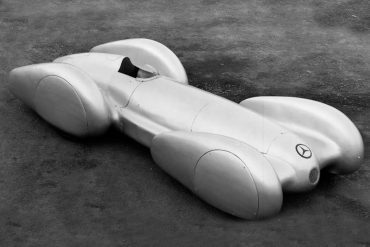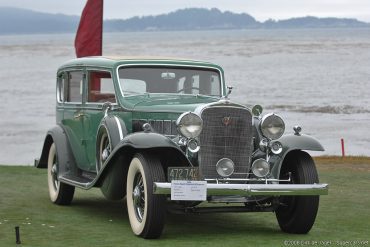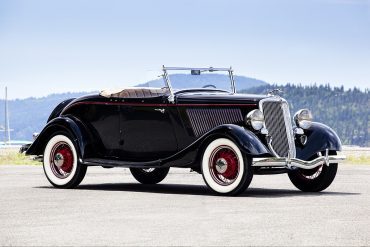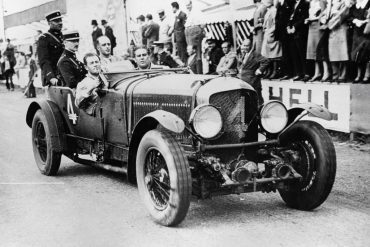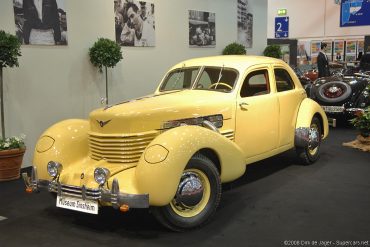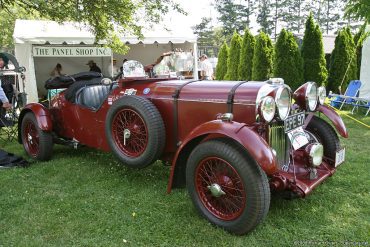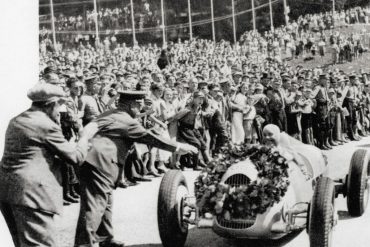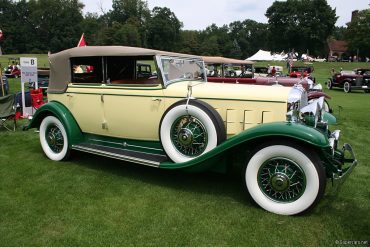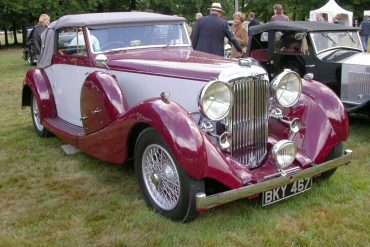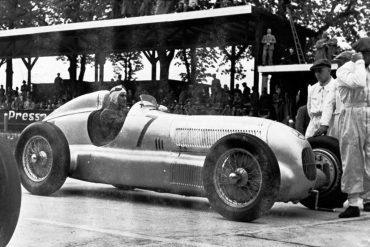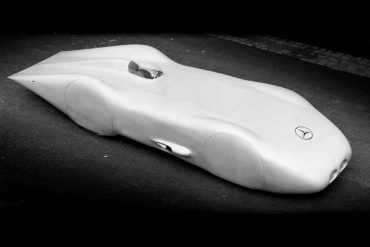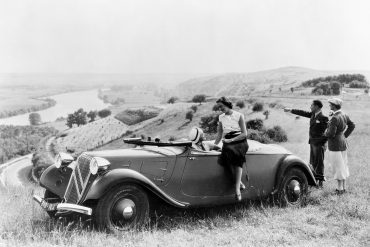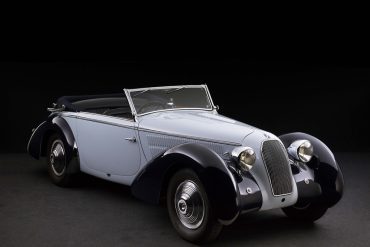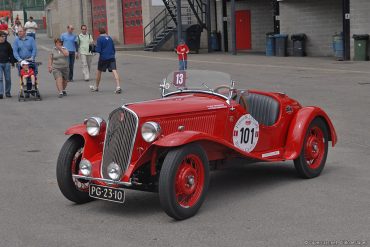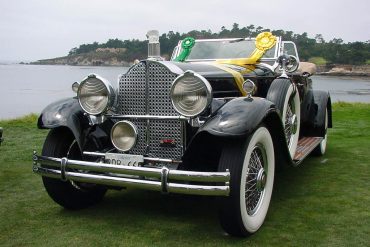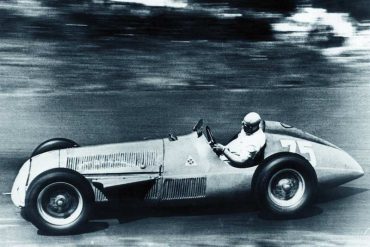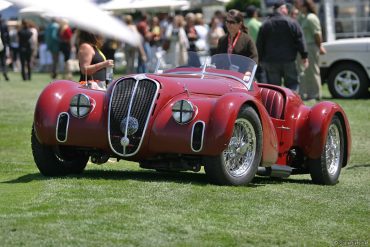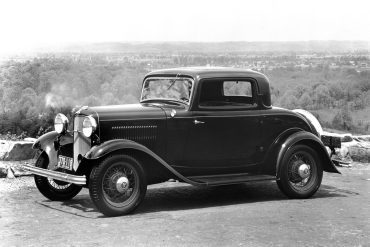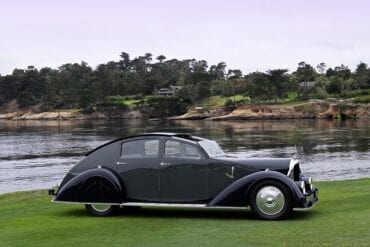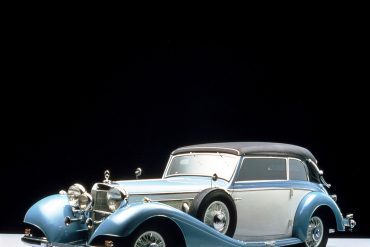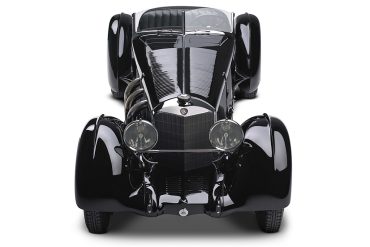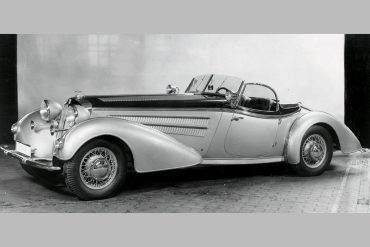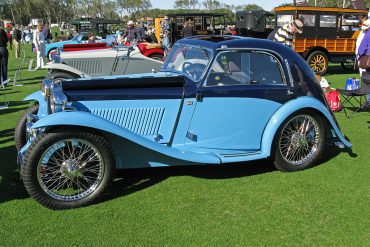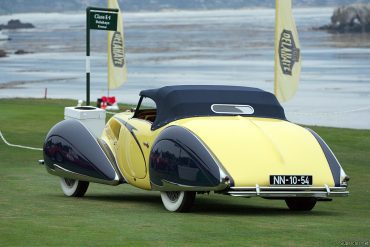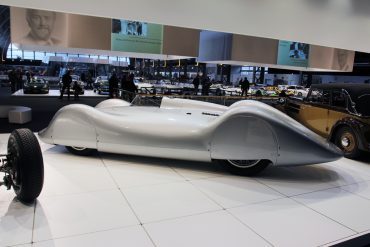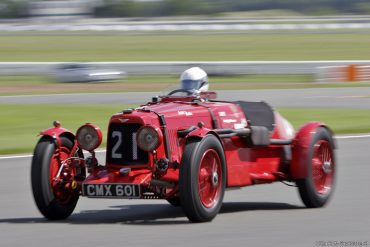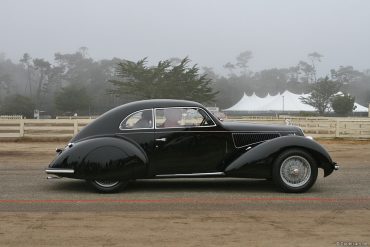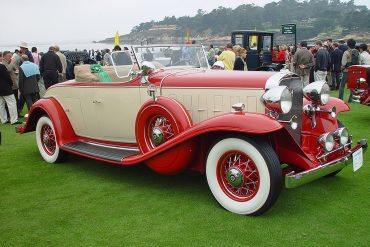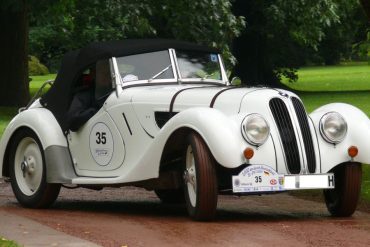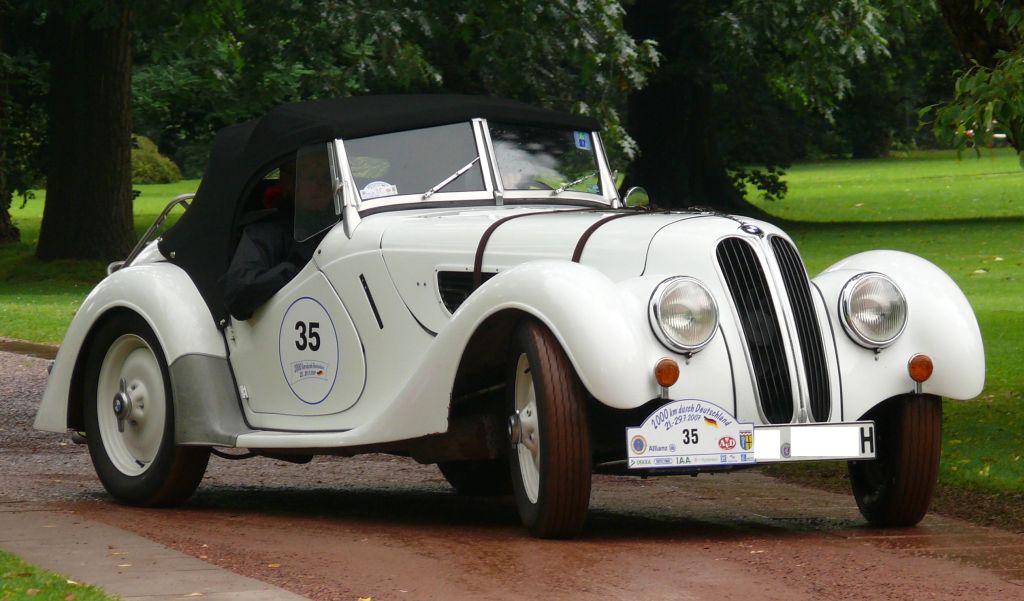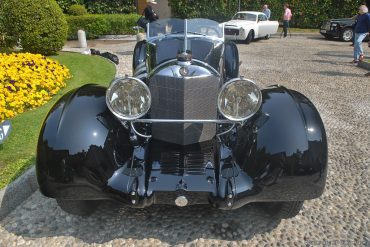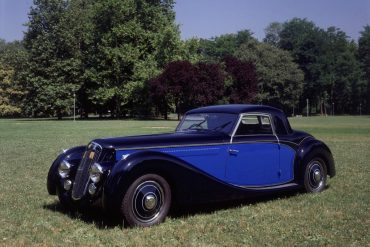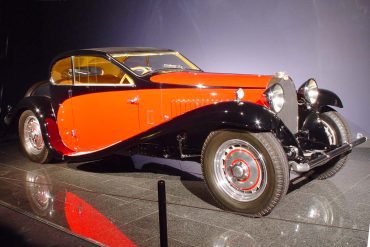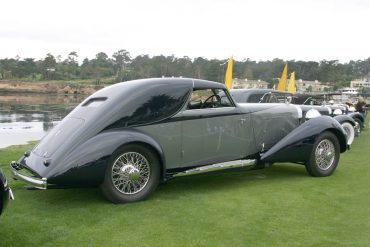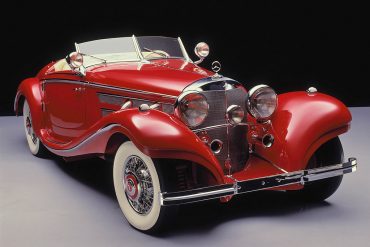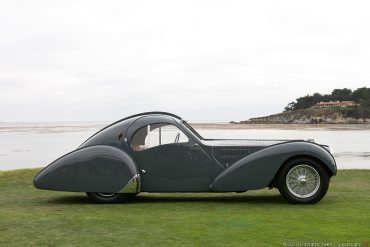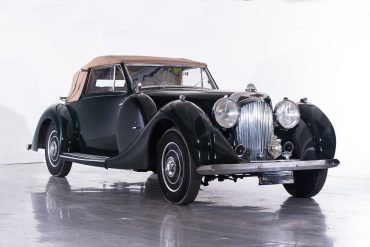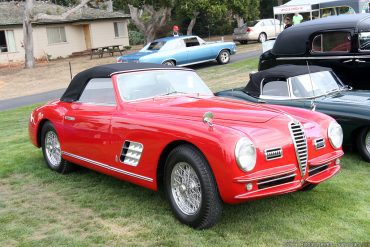Automobile Model List (1930 - 1939)
1930s Cars – The Industry Experiences Labor Pains
1930s cars production was deeply affected by the Great Depression. New car sales fell 75 percent between 1929 and 1932. Also, installment credit came to a halt. People who bought cars on credit now couldn’t make payments.
When people couldn’t buy cars anymore, the automobile industry, the oil, steel, rubber, and glass industries lost support, hence workers lost their jobs. The car was nothing less than a vehicle of prosperity for the entire U.S. economy. “The auto industry was such a big part of the American economic life that when the auto industry started hitting the skids, it would exacerbate the onset of the Depression in a major way,” one observer noted.
The Big Three weathered the storm brought on by the Great Depression. Not so lucky were the smaller independents, many of which disappeared completely: Cord, Stutz, Peerless, Franklin, and Pierce-Arrow. However brutal the Depression was in America’s economic life, it could not destroy America’s love affair with the cars of the thirties.
With almost all walks of life affected by the economic downturn, the luxury car market reached a peak in the early ’30s as Hollywood film stars in their custom-made autos provided the masses with a diversion from the harsh realities of the Depression. While sales of new 30s automobiles plummeted, ownership figures remained stable: two cars for every three people.
Hollywood Stars And Their 30s Cars
Clark Gable owned an ultra-rare Duesenberg SSJ which could go 104 miles in 2nd gear. Only two of these were built. The other was owned by Gary Cooper. The “Duesy” is considered by many experts to be one of the great machines of all time.
Olympic ice skater/actress Sonja Henie owned a 1936 Cord Sportsman 810 which lacked power. The following year, 812 came out supercharged and could go to more than 110 mph. Errol Flynn owned a Supercharged 1936 Auburn Speedster. The car exceeds 100 miles mph. In addition to superstyling, the speedster also had a compartment just for golf clubs on the right side with its own locked door. Great 30s cars.
The Big Three And Labor
Half of all employees who worked on 30s cars had been laid off between 1929 and 1932, and those who were retained were forced to accept pay cuts and shorter work weeks. Difficulties between labor and management erupted as the work environment became difficult, sometimes unbearable. But the formation of unions was difficult for assembly line workers.
Ford’s opposition to union formation was such that to preclude union formation, management was compelled to hire a collection of unsavory characters, thugs and ex-convicts. These enforcers, led by a former boxer and sailor, Henry Bennett, looked for troublemakers in general, and union activists in particular. The group, which worked under Ford’s Service Department, coerced about 10 percent of River Rouge plant’s 90,000 work force into serving as spies.
To Ford workers, it was fear and terror on a daily basis. While working on 30s cars you didn’t know who was working next to you. You didn’t know what you could say. You didn’t know how you could act. If the foreman wanted you to cut his lawn over the weekend, you could hardly afford to say no before the Depression, and certainly not after the Depression. Bennett and his goons patrolled the plant in menacing fashion, threatening to fire any employee who slacked off for even a second.
When a Hunger March took place (organized by a Communist group), the several thousand demonstrators were met by members of the Dearborn Police Department and Ford security guards. The protest escalated into violence where five demonstrators lay dead on the street.
Meanwhile, the United Auto Workers Union trained its collective eye on General Motors, the world’s leading auto manufacturer. If the world’s largest automaker could be toppled, surely other companies would follow. A series of work stoppages and quickie strikes occurred with increasing regularity. But the strikers were instantly replaced and the assembly lines rolled again, production of 30s cars unimpeded.
Union organizers realized that to be successful, more dramatic measures had to be adopted. Starting in December, 1936, plant after plant staged strikes that paralyzed GM Motors. GM, with the aid of the Flint Police Department, resorted to the use of force in an effort to remove the workers. But the demonstrators formed barricades. Police tried to break into the barricade but the strikers stood their ground. At the end, dozens of people were injured.
Michigan Governor Frank Murphy called the National Guard to break the strike. Fortunately for the strikers, the National Guard was there, not to evict the strikers but to prevent further conflict. Soon, order was restored. With Governor Murphy presiding between labor and management, a settlement was reached. The 44-day sit-down strike had led to GM’s signing the first union contract in the history of the U.S. automobile industry.
The union next turned its attention to Chrysler, the nation’s second largest automaker. Once again, workers seized control of the plants, and once again friends and families formed picket lines outside the Chrysler plant. This time, though, there was no violence. In April, 1937 Chrysler settled with the UAW, and soon nearly every auto manufacturer in the country was at the bargaining table.
Ford Motors, though, wouldn’t recognize The United Auto Workers union, or any other union. It took four years, publicizing of violence against peaceful strikers and a single action of a woman, Clara Ford, who was Henry Ford’s wife to change everything, threatening to leave her husband if Henry wouldn’t make peace with the union, Ford signed agreement with the union on June 20, 1937, that gave Ford Motor company employees the best contract in the auto industry. Production of 30s cars merrily went its way.
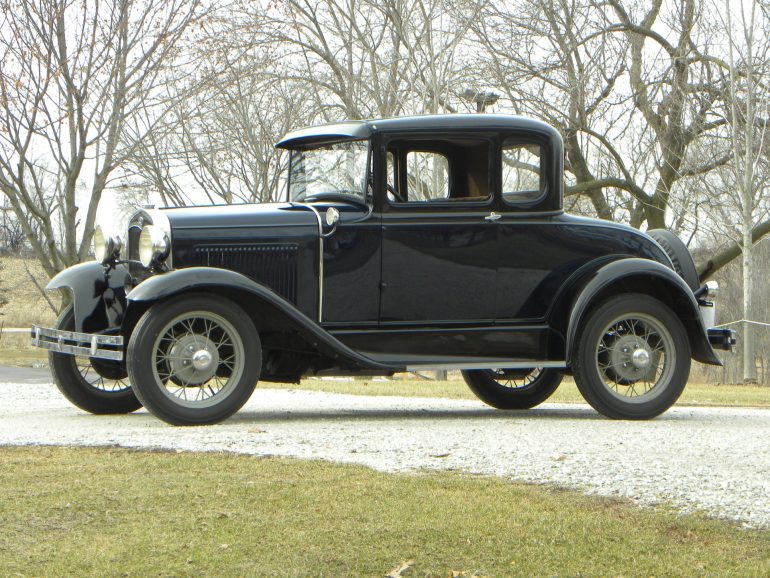
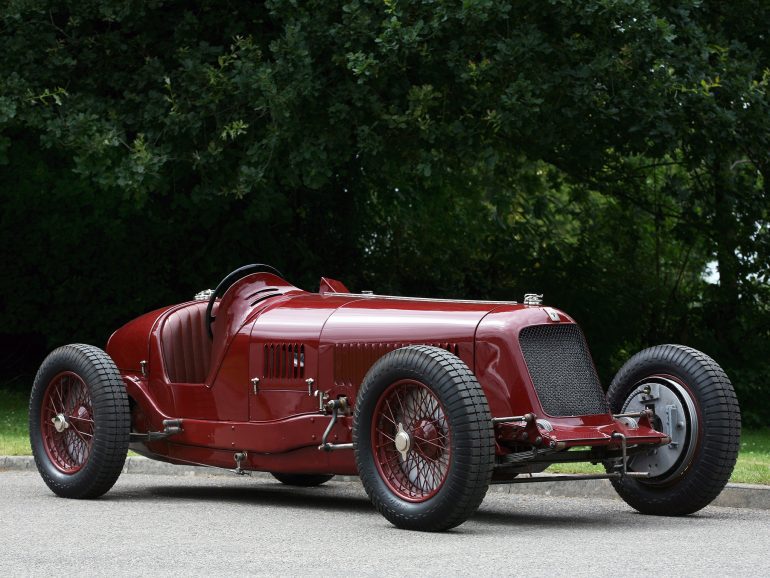
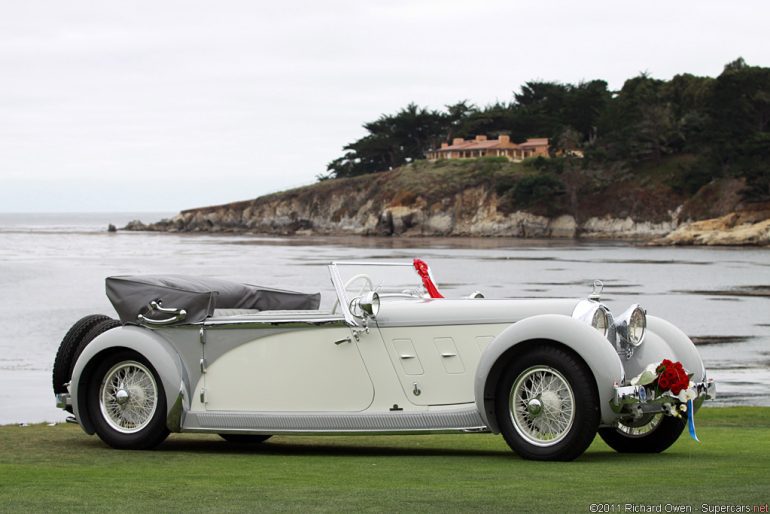
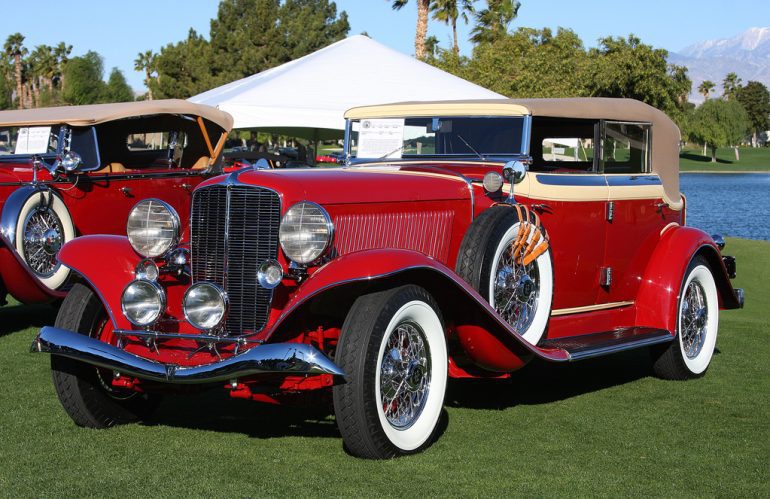
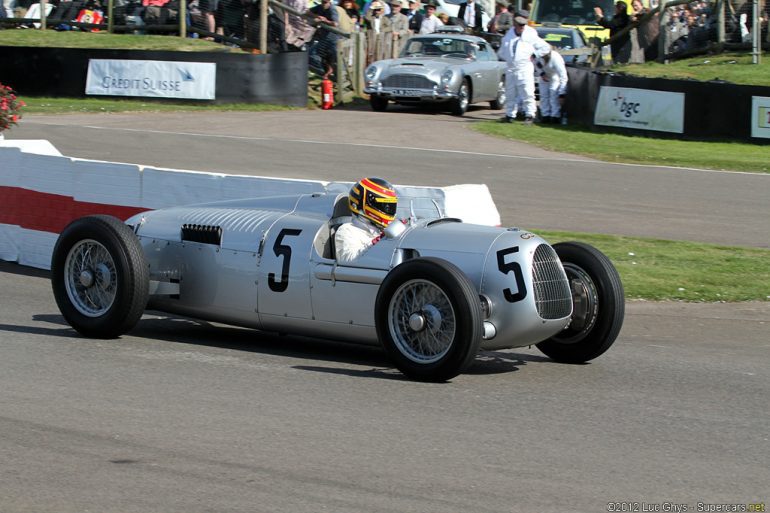
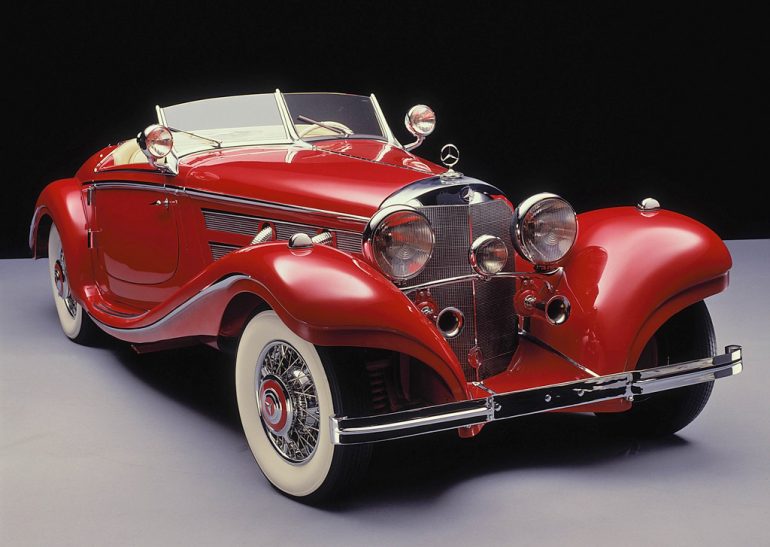
1930s Car Models - In Depth Guides
Here is a list of the important models from the 1930s decade


